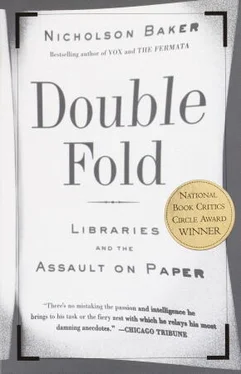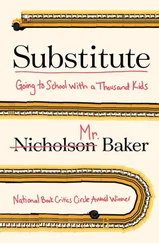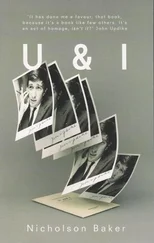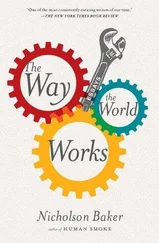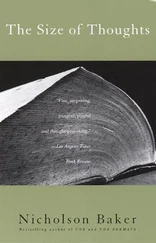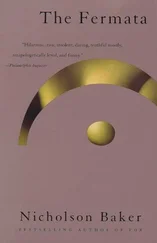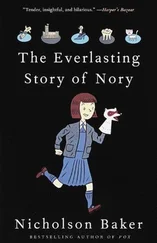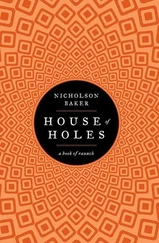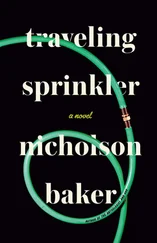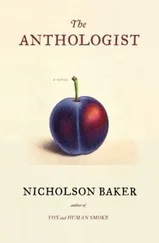Serials Management in Microform is our own slum clearance program.
Newspaper collections were the first slums to be cleared (books came later), and because the Library of Congress had the largest newspaper collection in the country, it was one of the first to go to work. (The Library of Congress had “files of American and foreign newspapers 29more complete and in greater amount than in any other library,” wrote one celebrant a decade before the clearance began.) In 1950, an energetic soul named Clyde S. Edwards was put in charge of the library’s Serials Division; an internal report for that year pointed out “the badly congested condition 30of the bound newspaper collections, and the urgent need for space in which to expand them.” But the newspapers were never to have enough space again. Verner Clapp, microfilm futurist, was by this time running day-to-day operations at the library (Luther Evans was out of the country for long periods, on missions for UNESCO), and Clapp was not a believer in “merely more of the same 31—ever and ever larger bookstacks and ever and ever more complicated catalogs.” He subscribed to what is sometimes called the steady space 32 model. The ideal research library would (as he described it in his 1964 book The Future of the Research Library ) reach a certain fixed physical size and stay there forever: techno-shrinkage systems (improved Veracs or, eventually, textual databases) would allow librarians to “retire” their originals (i.e., shear their spines and take their pictures) in favor of ever more densely packed micro-surrogates. The curious twists of meaning that accompany microfilming were not entirely lost on Clapp. “It is an art,” 33he told the conventioneers in 1959, “dedicated to preservation, yet it is often practiced as a preparation for deliberate destruction.”
Rather than putting up more shelves for the newsprint collection, or building or leasing a warehouse — traditional reactions to a space shortage — the Library of Congress’s response in 1950 was to abandon the binding and storing of many new newspapers: incoming papers were dumped after a few months, as soon as commercial microfilm arrived to put in their place. That practice saved dramatically on binding costs, thus subsidizing the cost of the microfilm, and it “retard[ed] somewhat the normal growth of this congested condition,” wrote a still dissatisfied Clyde Edwards, “but will not improve the present state of things.” There was only one sure way to relieve the overcrowding, Edwards advised in a later report: “I am convinced that the only solution to this problem lies in an intelligently planned reduction of the original files.”
Edwards needed upper-level permission for such a far-reaching disposal program, however. In a “conference decision,” the library’s managers determined to solve the newspaper problem by, as Branson Marley put it, “permitting the disposal 34to other libraries of bound newspapers replaced by microfilm.” A unobtrusive footnote follows Marley’s innocent-sounding sentence: “Volumes for which there are no takers are destroyed.” None of this epochal activity, 35in which the Library of Congress began its slow betrayal of an unknowing nation, was published in contemporary annual reports.
Volumes for which there are no takers are destroyed. Increasingly, there weren’t takers, because such is the prestige of our biggest library that whatever its in-house theoreticians come to believe, however nonsensically misinformed, however anathematic to reasoned stewardship, other research libraries will soon believe as well. In 1956, Verner Clapp’s last year at the library, the Annual Report of the Librarian of Congress was a little more forthright than it had been about what was going on: “The problem of deteriorating newspapers 36was accentuated by the equally vexing problem of making deck space for newly bound volumes. Following a survey of these problems, orders were placed for a number of microfilm copies of domestic titles available in this form.”
But because it takes time to microfilm backfiles amounting to millions of pages, the “planned reduction” went fairly slowly at first. Bill Blackbeard told me that when he first began saving newspapers in the late sixties and early seventies, the Library of Congress still had a huge collection, handsomely bound, stored in a naval warehouse 37on Duke Street in Alexandria, Virginia. “They had virtually every major American newspaper from a large city,” Blackbeard said, “usually from the beginning of the newspaper, or the time that the papers were sent to the Library of Congress — through the nineteen-fifties. Most of these bound files ended about nineteen-fifty.” These papers hadn’t received the kind of heavy wear that, say, a Kansas City Star might have gotten at a public library in Missouri, or The Detroit News might have in Detroit.
A few times a year, the library would publish in its Information Bulletin 38 a list of the papers it was replacing with film: if no federal agencies wanted them, they could go to other libraries or non-profit organizations; if no non-profits wanted them, they might go into dealers’ trucks; if dealers had gotten their fill, they went to the dump. “Their files were just immaculate, white paper, good-looking stuff,” Blackbeard said. “They couldn’t wait to get rid of them.”
Two documents together disclose the enormity of the Library of Congress’s print-purgation program over the past several decades. One is a forty-six-page mimeographed list entitled Holdings of American Nineteenth and Twentieth Century Newspapers Printed on Wood Pulp Paper, prepared by the Library of Congress’s Serials Division in May 1950, just before Clyde S. Edwards strode onto the scene. (“Wood pulp paper” here just seems 39to mean everything published after 1870, aside from several titles printed especially for libraries in the thirties on ultra-durable rag paper.) The publication served as a hit list of sorts; it includes not only the item counts of post-1870 volumes for more than six hundred different newspapers (everything from the Alaska Daily Empire from 1913 to 1949, in 105 volumes, to the Laramie, Wyoming, Republic and Boomerang from 1916 to 1949, in 103 volumes) but also the “estimated number of exposures” that it would take to microfilm all of them: sixty-seven million.
The other document is a detailed inventory, 40prepared in the summer of 1998, entitled “19th and 20th Century U.S. Newspapers in Original Format: Inventory of Volumes Held in Remote Storage.”
According to the 1950 count, there were over sixty-seven thousand volumes of post-1870 wood-pulp newspapers in the Library of Congress. From that gigantic land-mass of print, a few thousand volumes now remain. Looking at the numbers a slightly different way, there were, in 1950, around fifty wood-pulp newspaper runs that numbered more than 400 volumes. (661 volumes of The Cincinnati Enquirer from 1874, for instance, 498 volumes of the Memphis Commercial Appeal , 630 volumes of the Portland Daily Journal , 594 volumes of the Brooklyn Eagle , 495 volumes of The Philadelphia Inquirer from 1874, 413 volumes of Hearst’s New York American , and so on.) There are no runs of more than four hundred volumes now — and no runs of more than three hundred, or two hundred, or one hundred. Whispers of this secret history are to be found in the small card catalog that librarians keep behind the reference desk in the newspaper reading room: above the typed entry for the New York Herald Tribune , for instance, is a handwritten note: ALL ON FILM 41—(817 VOLS. DISCARDED).
Diane Kresh was until recently in charge of the Library of Congress’s Napoleonically named Preservation Directorate; I brought up the newspapers with her on one of my visits to the library. “Generally we retain the inkprint 42until we have a microfilm available,” she said. I asked her if she thought that was a good policy.
Читать дальше
